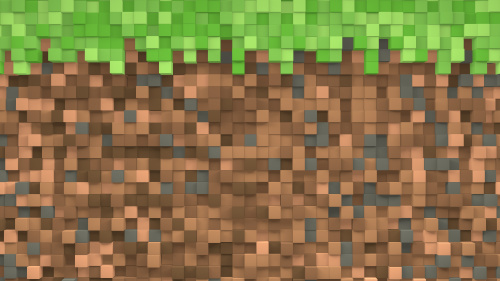Of all the tools available to educators today, Minecraft is fast becoming one of the most useful. It may seem strange that we say that about a video game, but it is the case. Put aside the popularity of Minecraft, which has sold over 200 million copies, and you find a game that is immensely engaging with today’s youth.
That singular nugget, engagement with youth, has allowed it to become a tool that helps educators teach students things like leadership, organization, physics, agriculture, and more.
One of the reasons why Minecraft and its various versions work so well as educational tools is because it isn’t an artificial game-based education tool. Too often students recognize when game-based educational tools just have a veneer of games layered over the top of educational tools. They see through this right away and therefore don’t become as engaged.
Educating in Minecraft is the opposite of that. By simply adopting an already-popular game and using it as a tool to impart knowledge, students are more engaged and learn more.
Here’s an example. This spring, NASEF (the nonprofit North America Scholastic Esports Federation), collaborated with the U.S. Department of State for an event called Farmcraft. Students were challenged to grow crops under certain circumstances and competed with each other to see who could grow the most. Minecraft already has agricultural elements to it, and NASEF maximized those with some customizations, which made Farmcraft a seamless educational tool. While not everything carried over from the fantasy world of Minecraft to real-world equivalents of farming, many of the real-world decisions farmers have to make were ported over to the game in this mod.
Throughout the challenge, students learned how to manage farming, including crop selection (organic or genetically engineered crops), fertilization, pest control, water, soil quality, and budgeting. They applied critical thinking to analyze and solve problems.
By introducing real-world problems into the Farmcraft world, we were able to stimulate student discussions in multiple areas around the world of farming and agriculture. One, they started to become more curious about where their food comes from; two, they started working together in groups to talk about how to solve the issues that were thrown at them. Once decisions were made by the students, they could see the effects of their decisions on the crops and would be able to extrapolate real-world equivalents. To enter the competition, they submitted Flipgrid videos with an overview of their farms and their explanations of what they learned about agriculture and how they applied it.
A byproduct is that some of the students will continue to tackle these problems and try to find new solutions to real-world problems as technologies evolve. That continual thinking and engagement around these topics is a promising way to help create tomorrow’s agricultural and biotech scientists, researchers, and problem solvers.
“It was a really great opportunity, especially at this time of social isolation and school closure! The girls learned new skills, as well as online collaboration, to learn more about farming and the environment,” a NASEF Farmcraft Adult Sponsor from Malta said.
Farmcraft and other programs like FarmBeats expose students to the world of farming and agriculture in a unique way that allows them to engage and learn in ways that you won’t find in any textbook or worksheet. On occasion, we will even see some of those solutions or experiments put into practice as sort of citizen science projects.
“I’ve had so much fun watching the videos from all the students as they’ve explored the Farmcraft world and used their creativity to do things I never thought were possible,” said Dr. Adam Cornish, Agricultural Advisor at the U.S. Department of State.
Minecraft can be used for teaching about other sciences, too. Many educators introduce students to physics when they involve students in building Rube Goldberg machines (an overly-complicated device that accomplishes a simple task). When taught in Minecraft, there are a few additional challenges that require students to come up with creative solutions–for example, figuring out how to deal with the lack of wheels in the world of Minecraft when creating a sequence of events.
In the spring, the Rube Goldberg Foundation worked with NASEF to make its annual challenge available in the digital world as well as the traditional. “I really liked the requirements and how they aligned with the physical Rube Goldberg build requirements. I especially liked the emphasis on the science and explanation aspect,” said one teacher with teams competing in the event.
While the physics in Minecraft aren’t 100 percent accurate, with blocks that hang in the air and everything being square, a large part of the process also revolves around the conversations about how the physics compare. In the case that something doesn’t have an equivalent, like a ball rolling down the hill, students have to find alternate solutions in the world of Minecraft while maintaining the core idea of a ball rolling down a hill when creating their Rube Goldberg machines.
Educators provided numerous tutorials for the contest that showed students different ways they would approach problems or how to create certain aspects of the Rube Goldberg machines, but students weren’t limited to only those solutions. Many came up with creative ways around the problems that educators hadn’t anticipated.
You can view the winning Rube Goldberg Machine projects on Flipgrid.
The fact is, we can use Minecraft to teach just about anything. It is a visual environment and a digital tool. The way you can address a topic using a paper, diorama, or a PowerPoint you can do the same thing with Minecraft. That is how we should be looking at Minecraft and similar games that encourage students to participate.
- 3 ways to avoid summer learning loss - April 19, 2024
- High school students say AI will change the workforce - April 18, 2024
- Motivating students using the Self-Determination Theory - April 17, 2024


